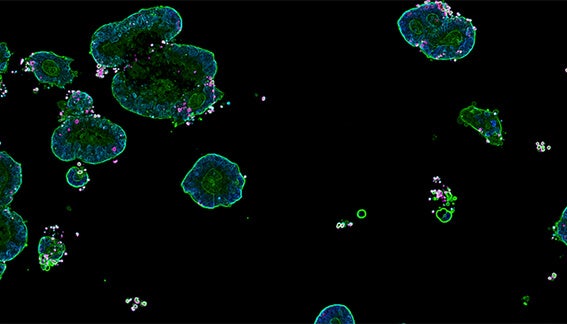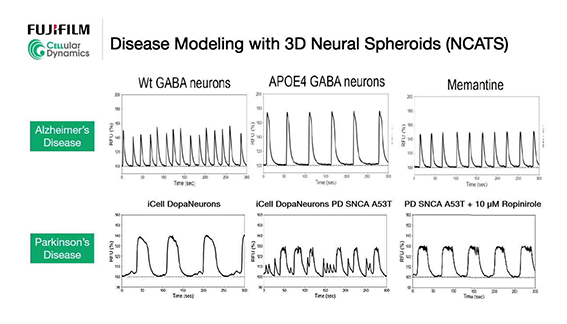
Video Gallery
View our current library of product videos, webinars, tutorials, and virtual events
Latest On-demand Webinars
Scale Up Your Screening: Integrating Automation Into 3D Biology for Therapeutic Drug Discovery

Are Organoids the Future of Drug Discovery?
The organoid field has come a long way in a relatively a short amount of time. Although the field started over a decade ago, the pace of discovery has recently gained momentum. From neurobiology to cancer, organoids are uncovering biology that was previously unattainable using cell culture or mouse models and advancing the drug discovery process. And, while many agree that there are still challenges ahead (and a tendency to indulge in hype) the organoid field is on the verge of entering its heyday.
On this episode of GEN Live, experts have a broad discussion about organoids – where the field is now, recent advances, and the role organoids will play in future discoveries of basic biology and drug discovery.

Automating 3D Organoid Models and Assay Workflows

Using Differentiated iPSCs to Build Ready-to-use 3D Models

How to move from time-consuming processes to efficient workflows with lab automation solutions
Webinar covering the challenges, applications, and solutions for lab automating plate-based assays

Virtual Events

Join us online for our upcoming virtual tradeshows. Explore our interactive booth, learn about our product solutions, and chat in real-time with our reps.
POSTER PRESENTATION
Water immersion objectives for automated high-content imaging to improve precision and quality of complex biological assays.
POSTER PRESENTATION
Complex event analysis for neurotoxic profiling of compound effects on human iPSC-derived neural spheroid 3D cultures.







